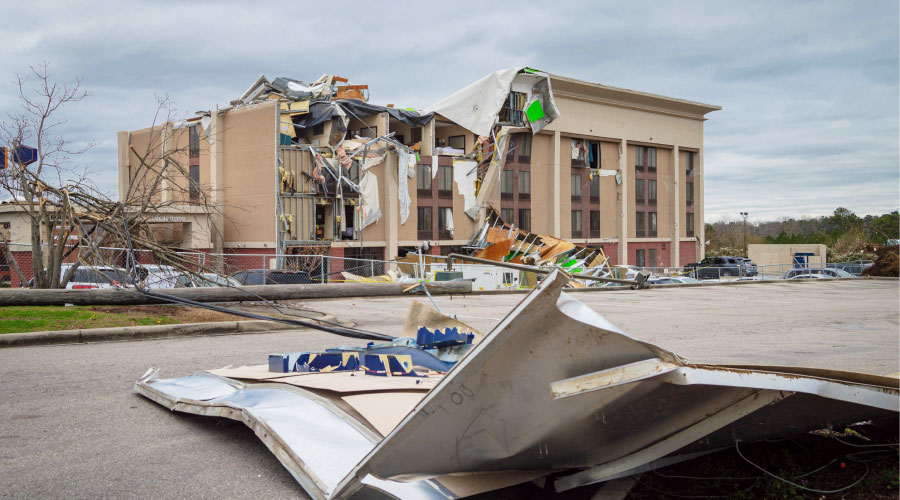Emergency Preparedness Plans for Protecting Facilities, Occupants
Investing in preparedness not only fulfills legal obligations. It also builds trust and confidence among employees and stakeholders.
Emergencies are serious, unexpected and often dangerous events that require immediate attention and action. When emergencies occur in institutional and commercial facilities, they often disrupt the flow of operations and business. Recovery can often consume time and resources that have not been accounted for.
Maintenance and engineering managers play a crucial role in emergency preparedness by ensuring that buildings and occupants are safe and that operations can continue smoothly during and after emergencies. Their duties include detailed planning, coordination and execution of emergency response strategies.
By exploring crucial considerations for instituting robust emergency preparedness activities within the realm of facility operations and maintenance, managers can develop a gameplan for preparing for and returning to operations quickly after an emergency.
Preparedness drivers
Managers play a critical role in ensuring the safety and continuity of operations in any organization’s facilities. Here are the key reasons they must be well-versed in emergency preparedness:
Health and safety. Primarily, the responsibility of managers is to protect the lives of employees, visitors and anyone else in the building. Being prepared for emergencies ensures everyone knows the steps to take and can act quickly to stay safe. Implementing detailed emergency protocols can significantly reduce the risk of injury or loss of life.
Property damage. Facilities often house valuable equipment, data and infrastructure. An effective emergency preparedness plan can minimize damage to these assets during incidents.
Business continuity. Emergencies can disrupt business operations. Managers need to ensure the organization can continue to run or quickly resume operations after an emergency, minimizing downtime and financial losses.
Regulatory compliance. Many jurisdictions have regulations and standards related to emergency preparedness, and managers must ensure compliance with these measures to avoid legal penalties and ensure the facility’s safety.
Enhancing reputation. An organization that is well-prepared for emergencies can enhance its reputation among employees, customers and stakeholders. It shows a commitment to safety and responsibility.
Insurance costs. Being well-prepared can reduce the risk of severe damage and losses, which can lead to lower insurance premiums and better coverage terms.
Crisis management. Managers need to coordinate with emergency services, staff and other stakeholders during a crisis. Being well-versed in emergency preparedness enables them to manage the situation effectively and efficiently.
Employee confidence and morale. Employees feel more confident and secure when they know their workplaces are prepared for emergencies, which can lead to higher morale and productivity.
Panic prevention. Panic in an emergency can lead to more harm, and managers who are prepared for such situations can maintain calm and control, ensuring that everyone follows the emergency plan.
Post-emergency recovery. Effective preparedness includes planning for recovery after an emergency. Managers need to ensure that facility operations can quickly return to normal and support any necessary recovery efforts.
By being well-versed in all aspects of emergency preparedness, managers can significantly enhance the safety, resilience and overall performance of their facilities and organizations. This benefit not only protects people and property but also supports the long-term success and reputation of the business.
Darrell X. Rounds is director of facilities services and project management for Stellantis N.V. He leads facilities operations at its 5.8 million square foot Chrysler Technology Center. Darrell has over 27 years of industry experience, having led teams for facilities management, construction and engineering with portfolios totaling more than 53 million square feet and $7.2 billion in asset replacement costs.
Related Topics:













